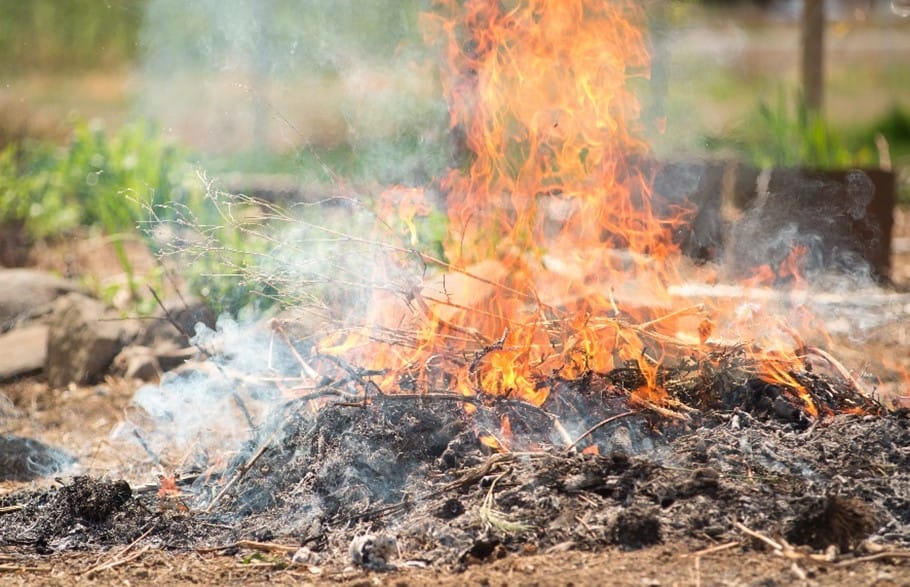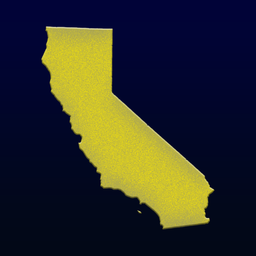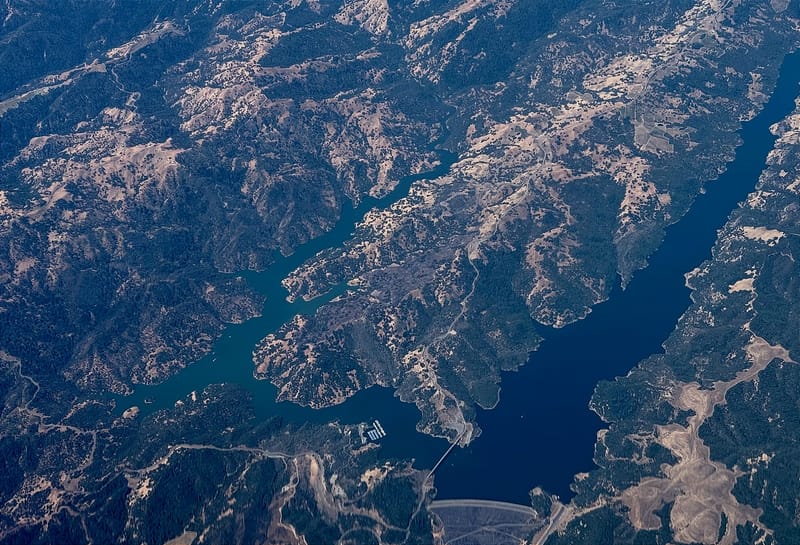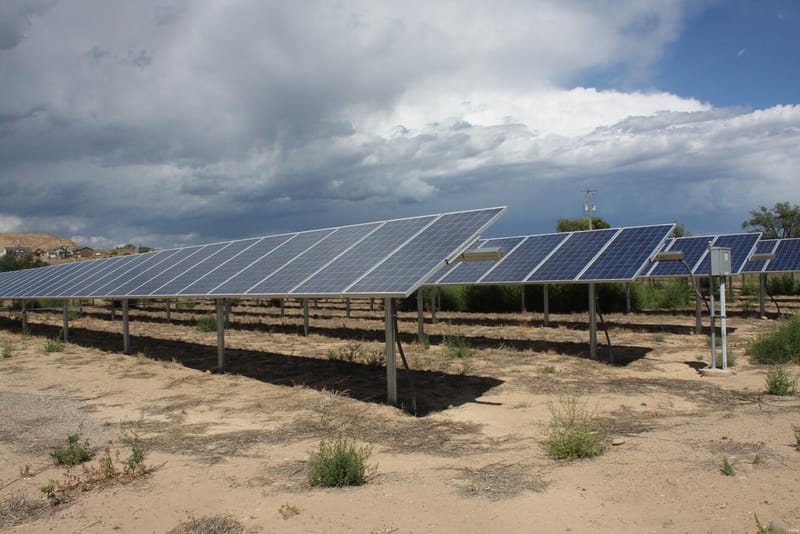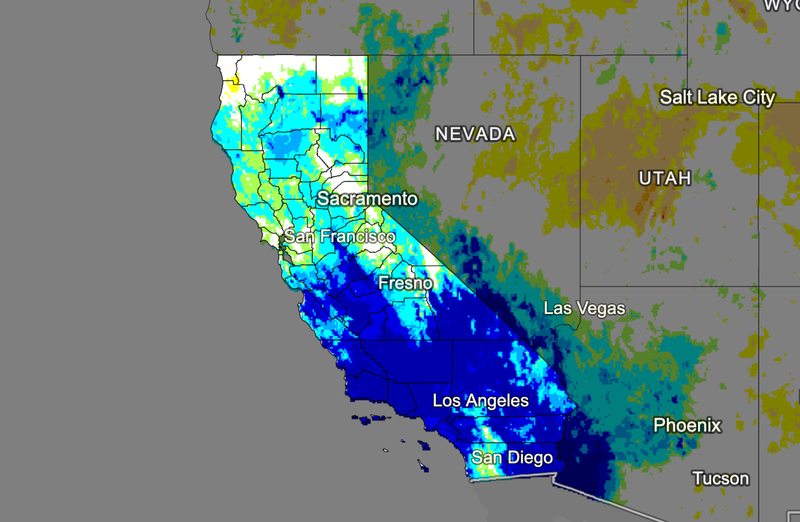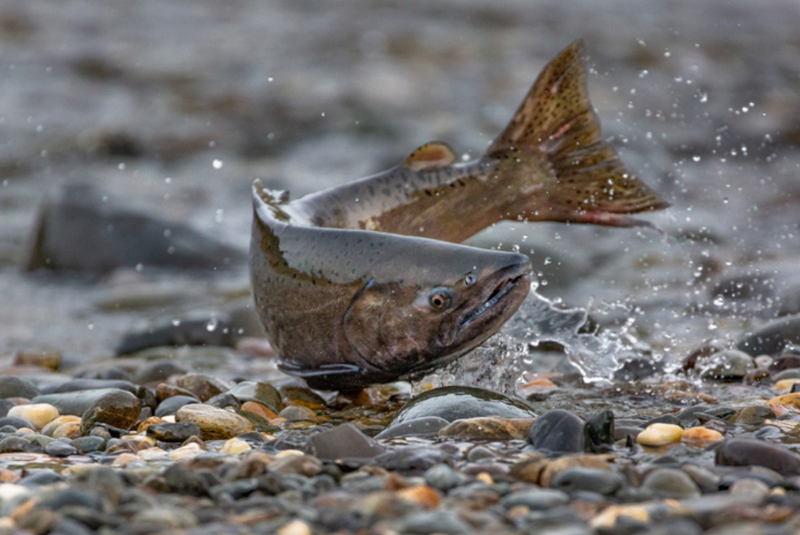How to burn debris safely in California: Official guidelines and regulations for 2025
Debris burning can be dangerous without the right precautions. Learn how to burn yard waste safely and responsibly in California under CAL FIRE's 2025 rules.
As California enters another fire-prone summer, residents are once again clearing their properties of excess vegetation. While burning yard debris can be a legal and effective way to manage fire risk, it’s also one of the top causes of wildfires when done incorrectly. That’s why CAL FIRE issues strict safety guidelines for debris burning across the state.
If you’re planning to burn vegetation on your property this season, this guide outlines everything you need to know to do it safely, legally, and responsibly.
Watch: How to Burn Debris Piles Safely
This short video covers the essentials visually and reinforces the techniques above. It’s worth watching before you start.
Start with the Basics
Before anything else, make sure you’re actually allowed to burn. That means:
- Confirming that it’s a permissive burn day in your area (check with your local air quality management district)
- Getting a valid permit through CAL FIRE’s online system or your local fire agency
You don’t need to overthink this part—if debris burning is legal in your area, you’ll be able to apply in minutes. If it’s not, look into alternatives such as chipping, green waste bins, or hauling material to a disposal site.
Now let’s get to what matters most: how to do it safely.
How to Burn Debris Safely: Step-by-Step Guide
These steps are based on CAL FIRE’s official debris burning safety guide and apply to any residential debris burn in California.
1. Use small piles—no exceptions
Keep each pile no larger than 4 feet wide by 4 feet high.
Smaller piles are easier to manage and less likely to flare up or spread.
If you have a large amount of vegetation to burn, plan to do multiple small piles one at a time—not one massive fire.
2. Clear a 10-foot safety zone
Remove all flammable material—grass, leaves, wood, pine needles—from a 10-foot radius around the pile.
This is your control buffer. Don’t burn if the surrounding ground is cluttered or dry.
3. Monitor wind and weather
Even with a permit, never burn during windy or overly dry conditions.
Fires can escape fast in these environments, even from a well-contained pile. Burn early in the morning or on a cool, calm day whenever possible.
4. Keep tools—and water—on hand
Always have the following within arm’s reach:
- A hose that is filled with water or water bucket
- A shovel or metal rake
- A clear escape path in case the fire spreads
5. Never leave a fire unattended
This one’s the law: a responsible adult must be present the entire time the fire is burning.
Leaving a fire, even briefly, puts you and others at serious risk—and you can be held liable for any damage.
Stay with the burn until it’s completely out, and douse the ashes with water until cool to the touch.
Conclusion: Control the Fire, Protect the State
Burning vegetation is legal in many parts of California—but that doesn’t make it harmless. A debris fire is still a fire, and when it escapes, it becomes your responsibility.
If you're burning on your property this year, make safety your first priority. Follow CAL FIRE’s guidelines exactly, monitor conditions throughout, and never assume that a fire will behave the way you expect. Every safe burn is one less spark in California’s most dangerous season.
And if conditions aren’t safe, wait. The fire can wait. Your community’s safety can’t.
Related
